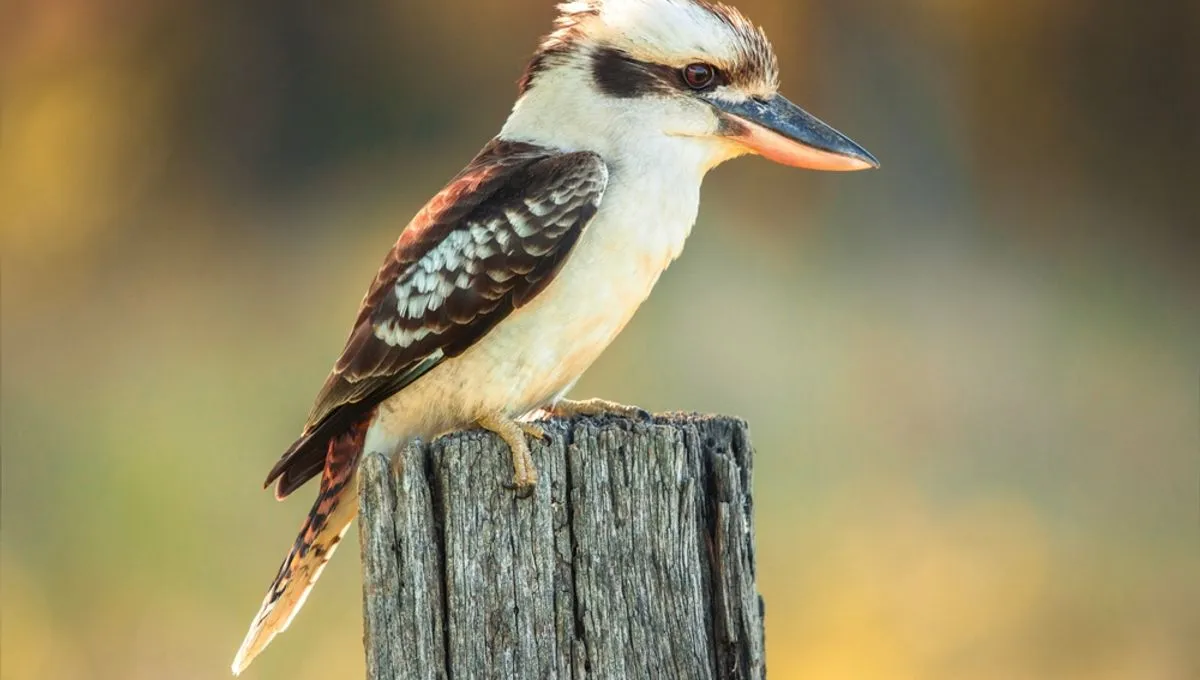
In the avian world, sex determination traditionally operates through a unique ZW chromosome system. Unlike mammals, where the XX chromosomes define females and XY chromosomes dictate males, birds follow a different pattern: ZZ indicates males while ZW signifies females. This foundational concept, however, is being challenged by emerging research that reveals instances of sex reversal among birds, a phenomenon that has largely been relegated to anecdotal observations.
Dr. Dominique Potvin from the University of the Sunshine Coast recently shared insights with IFLScience about the limitations of existing studies on avian sex reversal. Historically, the few systematic studies available focused primarily on domesticated chickens, which do not accurately represent the diversity of wild bird populations. One notable study examined a species of duck and reported a sexual reversal rate of less than 1 percent, but it only analyzed specific characteristics.
Dr. Potvin and her former student, Dr. Clancy Hall, embarked on their research not with the intention of revolutionizing avian sex chromosome studies, but rather to assess the reliability of genetic testing for breeding endangered bird species. “We often find really biased sex ratios in breeding populations,” Potvin noted. “With only a few females and a lot of males, it hampers efforts to breed them back in a healthy way.” Determining the future sex of a bird before it hatches could significantly enhance conservation efforts, but only if genetic tests are proven accurate.
The research team focused on five bird species—kookaburras, magpies, crested pigeons, and two types of lorikeets—where males and females are visually indistinguishable. This necessitated an examination of their gonads and other reproductive organs rather than relying on external features such as feather coloration. Out of 496 birds analyzed, 24 exhibited signs of sex reversal. Notably, 22 of these were ZW birds with gonads suggesting they could potentially father offspring, although the authors could not confirm if any had successfully done so.
Interestingly, one of the two ZZ females, a kookaburra, displayed a distended oviduct, indicating it had recently laid an egg. The fate of that egg remains uncertain, particularly whether it would have hatched had the mother survived. “This indicates that sex determination in wild birds is more fluid than we thought – and can persist into adulthood,” Potvin remarked.
Dr. Hall emphasized the importance of accurately identifying the sex and reproductive status of avian individuals, stating, “We’ve now established that DNA evidence does not always reflect the suspected sex.” While no mixed sexual characteristics were observed in their study, the authors acknowledge the potential for such occurrences. Dr. Potvin highlighted the need for further investigation into whether the high incidence of sex reversal is a natural phenomenon or influenced by human activities, such as the introduction of endocrine-disrupting chemicals into the environment.
The consistency of sex reversal rates across different bird species, ranging from 4.0 to 6.9 percent, raises questions about environmental influences. Potvin noted the lack of a visible pattern regarding the origins of the mismatched birds, suggesting that these occurrences are not localized to specific areas, such as near water treatment plants.
Despite the limitations of their study, including a sample group primarily composed of birds injured in vehicular accidents, Potvin and Hall are eager to explore further questions. They aim to determine if sex-reversed birds have comparable reproductive success rates to their counterparts. Notably, the research was conducted during the breeding season, indicating that these birds appeared to have functioning gonads capable of reproduction. However, the uncertainty remains regarding their mating behaviors and success rates.
As Potvin pointed out, the current research landscape reveals a lack of studies on wild mammals regarding sexual mismatches, despite numerous investigations into farm animals. The findings from their avian study open the door for future research opportunities, and the team is hopeful for funding to continue their work. Investigating the prevalence of sexual mismatches in bird populations across different continents may yield further insights, especially given the evolutionary distances among species. Ultimately, understanding the complexity of avian sex determination and the implications of sex reversal is vital for advancing conservation efforts and enhancing our knowledge of avian biology.